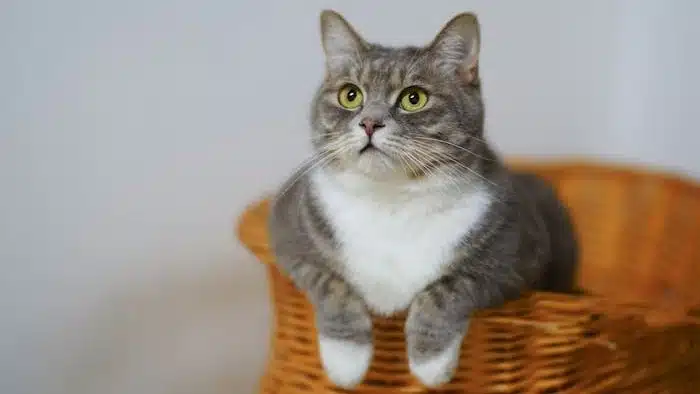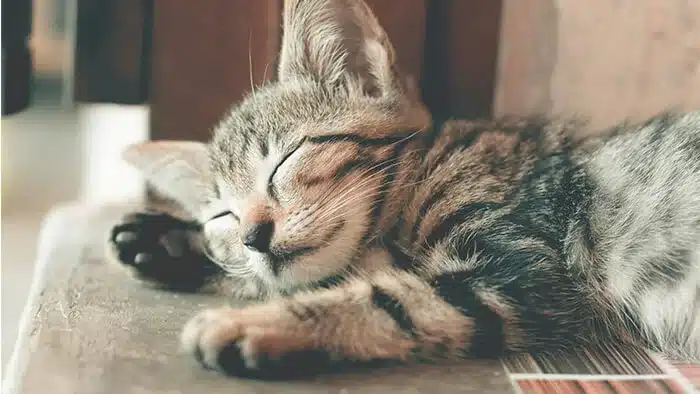Anemia in Cats

Anemia in cats is a health issue that may arise during the process of cat ownership, which can really worry cat owners. When you suspect that your cat may be anemic, don’t panic. Here is a comprehensive explanation of how to deal with cat anemia.
I. Explore the Causes
There are various reasons for cat anemia. Nutritional anemia is relatively common. When a cat’s diet lacks key nutrients such as iron, vitamin B12, and folic acid, anemia is likely to occur. For example, if a cat has been eating a single type of cat food with unbalanced nutrition for a long time, or the quality of the cat food is poor and fails to meet the cat’s nutritional needs for these substances. Parasite infection is also a major cause. Fleas, ticks, intestinal parasites, etc., will suck the cat’s blood, leading to chronic blood loss and thus causing anemia. For instance, when a large number of fleas parasitize on the cat’s body surface and keep sucking blood, the number of red blood cells in the cat’s body will continuously decrease. In addition, some diseases, such as feline leukemia and feline infectious peritonitis, can affect the cat’s hematopoietic function and cause anemia; acute blood loss caused by trauma, surgery, etc., may also put the cat in an anemic situation.
II. Identify the Symptoms of Cat Anemia
When a cat has anemia, it will show a series of obvious symptoms. Firstly, in terms of appearance, the cat’s gums, conjunctiva, and other parts will turn pale, and the pink color will no longer show when it is healthy. A cat that was originally lively and active will become listless, losing interest in the surrounding things. Its activity level will be greatly reduced, and it often lies still for a long time. Its appetite will also be affected, with a decrease in food intake, and it may even be indifferent to the food it usually likes. In severe cases of anemia, the cat may also show symptoms such as rapid breathing and an increased heart rate, which are more obvious after exercise. Some cats will also show symptoms of excessive sleepiness, weakness, a decrease in the body’s resistance, and are prone to being infected with other diseases. Once cat owners notice these abnormal manifestations in their cats, they should be highly alert to the possibility of anemia.
III.Use Professional Means to Diagnose Anemia
When you suspect your cat is anemic, it is vital to take it to a veterinary hospital in a timely manner. The veterinarian will observe its appearance and mental state, and palpate the abdomen to make a preliminary judgment on the cat’s health status. Then, a blood routine examination will be carried out, which is an important means of diagnosing anemia. Blood routine tests can detect indicators such as the number of red blood cells, hemoglobin concentration, and hematocrit in a cat’s blood.Based on these data, the veterinarian can accurately determine whether the cat is anemic and the degree of anemia. Sometimes, in order to further determine the cause of anemia, biochemical examinations, fecal examinations, parasite tests, etc., may also be required to check for the presence of nutritional deficiencies, disease infections, or parasite problems.
IV. Treatment and Nursing
Treatment and nursing should be carried out simultaneously for cat anemia. If it is nutritional anemia, the cat’s diet needs to be adjusted. Select cat food that is rich in nutrition and contains iron and vitamins. Under the guidance of a veterinarian, nutritional supplements such as iron supplements and vitamin B12 can also be given to the cat. For anemia caused by parasites, deworming treatment should be carried out in a timely manner. Deworming drugs targeted at different parasites are used to eliminate internal and external parasites thoroughly. If a disease causes anemia, the primary disease should be actively treated to control the development of the disease. In terms of nursing, provide the cat with a quiet, warm, and comfortable environment for it to rest fully. Take the cat for regular blood routine reexaminations to observe the improvement of the anemia. At the same time, the cat should be appropriately increased in exercise to enhance its physical fitness. Still, attention should be paid to moderate exercise intensity to avoid the cat being overworked.
Anemia in cats is not terrifying. As long as cat owners detect it in a timely manner and actively take the correct coping measures, they can help their cats recover their health as soon as possible. During the process of cat ownership, please pay more attention to the cat’s physical condition and safeguard their health.





